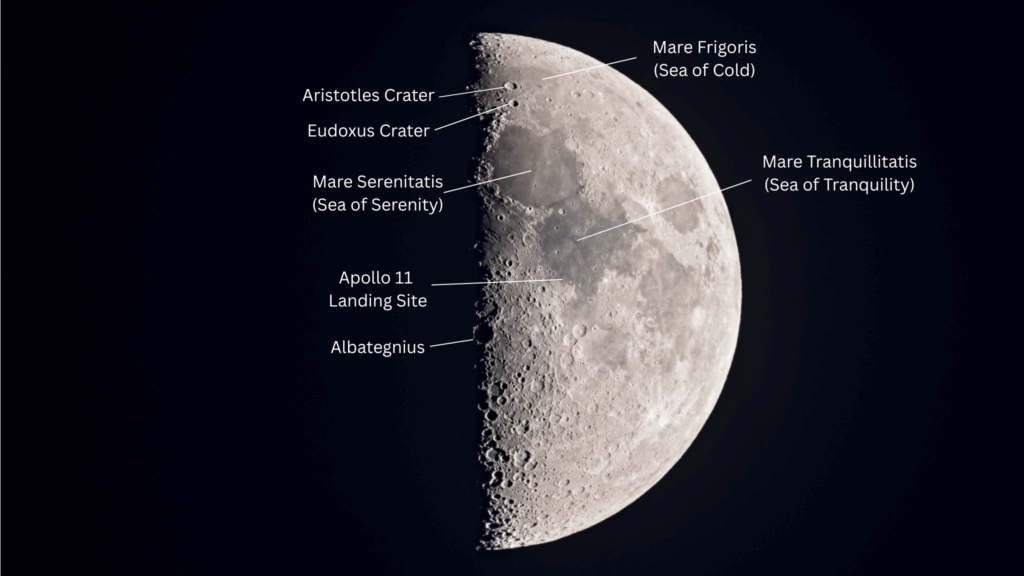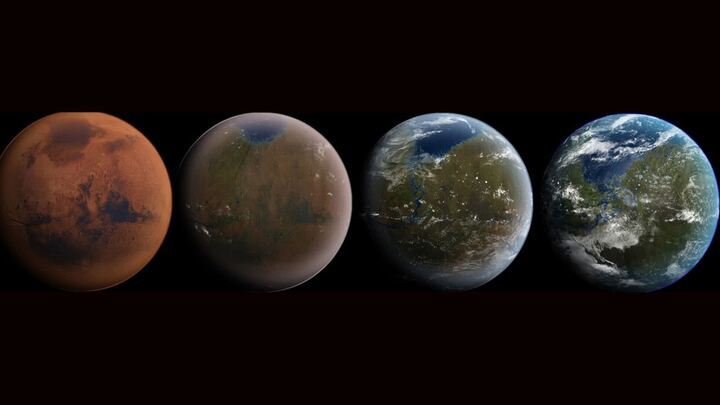Two supermassive black holes found in collision-created “fossil galaxies” are so massive that they refuse to collide and merge. The discovery could explain why, although supermassive black hole mergers are predicted theoretically, they have never been observed in progress.
The supermassive black hole system is located in elliptical galaxy B2 0402+379. Together, the two black holes have a joint mass that is 28 billion times larger than that of the sun, making this the most massive black hole binary ever seen. Not only that, but the binary components of this system are the closest in a supermassive black hole pair, separated by just 24 light-years.
This is the only supermassive black hole binary that has ever been resolved in enough detail to see both objects separately. Curiously, while the proximity of the two bodies suggests they should collide and merge, they appear to have been locked in the same orbital dance around each other for over 3 billion years.
Related: Earth’s nearest supermassive black hole pair lies in the wreckage of a galactic collision
The team that found the binary in data collected by the Gemini North telescope in Hawaii thinks the supermassive black holes are being prevented from merging by their tremendous mass.
“Normally, it seems that galaxies with lighter black hole pairs have enough stars and mass to drive the two together quickly,” Roger Romani, a member of the team and physics professor at Stanford University, said in a statement. “Since this pair is so heavy, it required lots of stars and gas to get the job done. But the binary has scoured the central galaxy of such matter, leaving it stalled.”
Supermassive black hole couple just isn’t compatible… yet
B2 0402+379 is a “fossil cluster” that represents what happens when an entire galaxy cluster’s worth of stars and gas merge into one single massive galaxy. The tremendous mass of the two supermassive black holes at its heart suggests that a chain of mergers between smaller black holes created them as multiple galaxies in the cluster met and merged together.
Scientists believe that at the heart of most, if not all, galaxies is a supermassive black hole with a mass equivalent to millions or billions of suns. No single star can collapse to birth such massive black holes, so it is believed that supermassive black holes are born via chains of mergers between successively larger and larger black holes.
When galaxies themselves collide and merge, scientists theorize that the supermassive black holes at their hearts move together, forming a binary pairing. As they orbit around each other, these black holes emit ripples in spacetime called gravitational waves that carry angular momentum away from the binary, causing the black holes to orbit more closely together.
Eventually, when the black holes are close enough together, their gravitational attraction should take over, and the black holes collide and merge just like the black holes that collided to create them did. The question is, could some supermassive black holes be so massive such a collision is stalled?

In order to better understand this system of black hole heavyweights, the team turned to archival data harvested by Gemini North’s Gemini Multi-Object Spectrograph (GSO). This lets them determine the speed of the stars within the vicinity of the two supermassive black holes and, in turn, the total mass of those black holes.
“The excellent sensitivity of GMOS allowed us to map the stars’ increasing velocities as one looks closer to the galaxy’s center,” Romani added. “With that, we were able to infer the total mass of the black holes residing there.”
A stalled merger
The mass of the system’s two black holes is so great that the team thinks it would take an exceptionally large population of stars around them to bring the supermassive black holes close together. As this has been happening, however, the energy leached from the binary has been flinging matter away from their vicinity.
This has left the center of B2 0402+379 bereft of stars and gas close enough to the binary to leach energy from it. As a result, the progress of these two supermassive black holes toward each other has stalled as they approach the final stages before a merger.
The team’s results give important context regarding the formation of supermassive black hole binaries after galactic mergers but also support the idea that the mass of such binaries is integral in stalling black holes from following suit.
The team is currently uncertain if these two supermassive black holes in this heaviest binary ever detected will overcome this pause to eventually merge or if they will be locked in merger limbo permanently.
“We’re looking forward to follow-up investigations of B2 0402+379’s core where we’ll look at how much gas is present,” research lead author and Stanford undergraduate Tirth Surti said. “This should give us more insight into whether the supermassive black holes can eventually merge or if they will stay stranded as a binary.”
One way this supermassive stand-off could be halted is if another galaxy merges with B2 0402+379, thus throwing many more stars, gas, and another supermassive black hole in the mix and upsetting this delicate balance. The fact that B2 0402+379 is a fossil galaxy undisturbed for billions of years makes this scenario likely, however.
Related Stories:
One thing this research does make certain is just how useful archival data from telescopes like Gemini North, which pairs with the Gemini South telescope located on a mountain in the Chilean Andes to form the International Gemini Observatory, is to astronomers.
“The data archive serving the International Gemini Observatory holds a gold mine of untapped scientific discovery,” Martin Still, Nation Science Foundation program director for the International Gemini Observatory, said. “Mass measurements for this extreme supermassive binary black hole are an awe-inspiring example of the potential impact from new research that explores that rich archive.”
The team’s research is published in the Astrophysical Journal.


